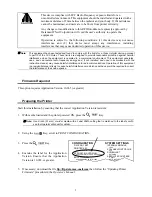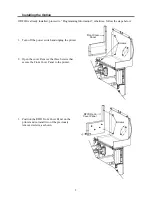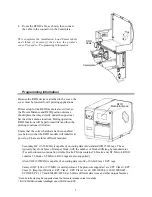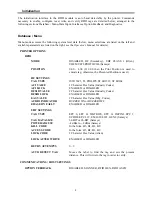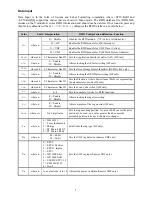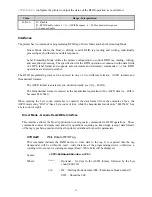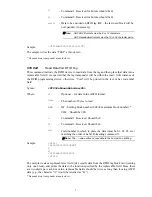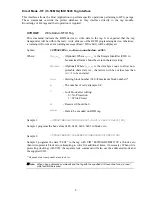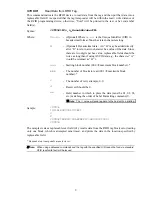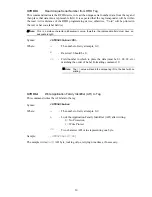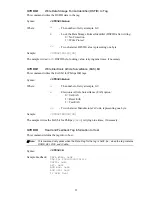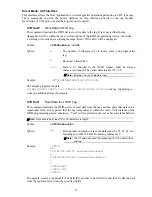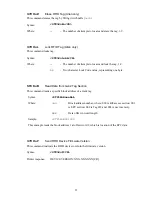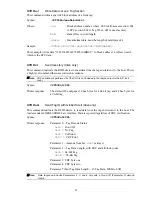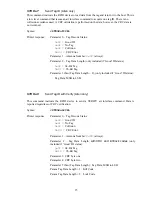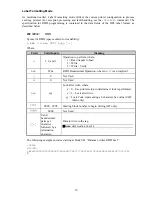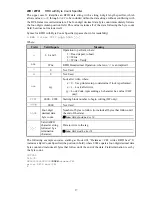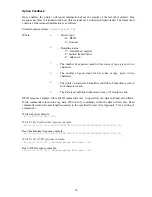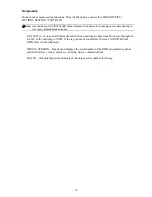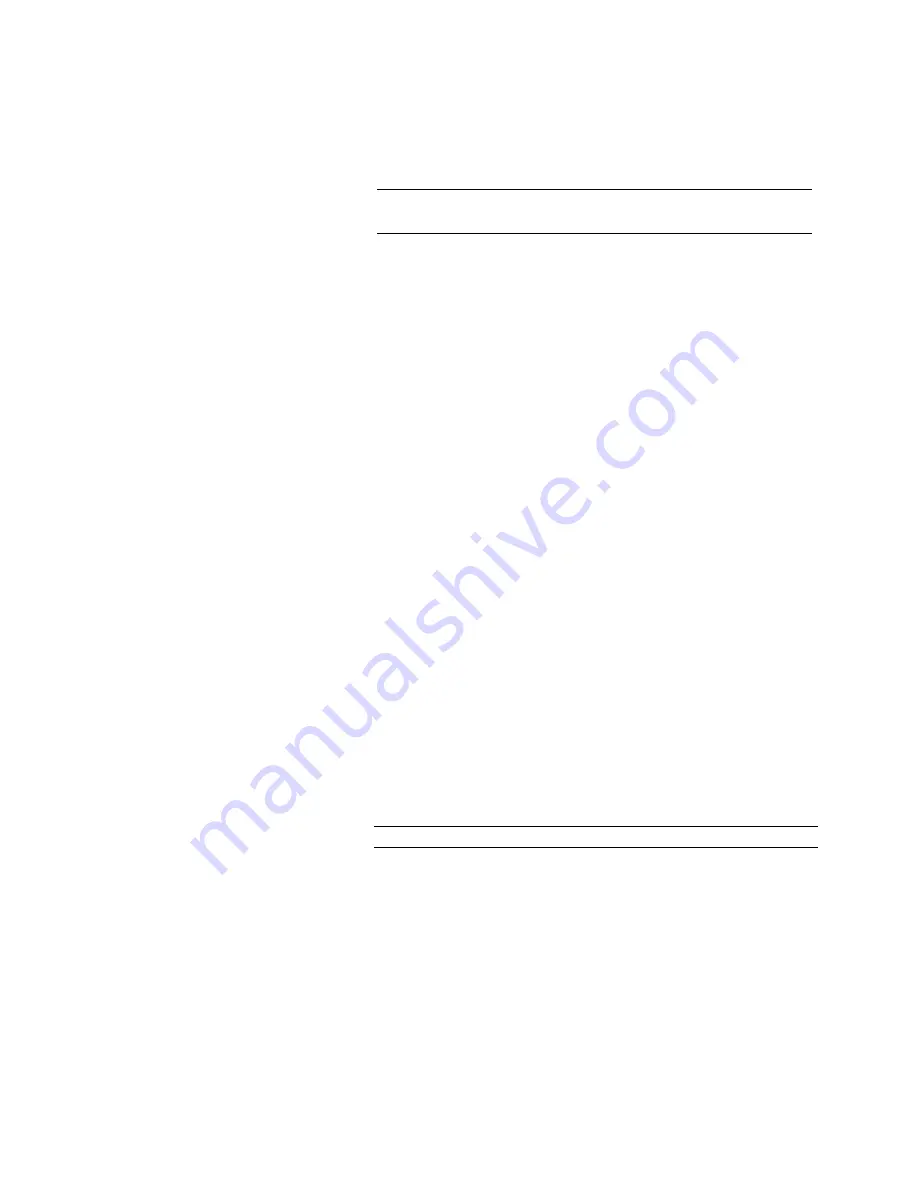
7
c
- Command 1. Reserved for Future (should be 0)
d
- Command 2. Reserved for Future (should be 0)
ee…e
- Data to be encoded on RFID tag (HF – the last used block will be
null-padded, if necessary).
Note: UHF ASCII formats must be 8 or 12 characters.
UHF Hexadecimal formats must be 16 or 24 character pairs.
Sample:
<STX>KaW0000054455354[CR]
The sample writes the data “TEST” at block zero.
* Dependent on transponder manufacturer.
STX KaR
Read Data from RFID Tag
This command instructs the RFID device to read data from the tag and then place that data into a
replaceable field. It is expected that the tag transponder will be within the read / write distance of
the RFID programming device; otherwise, “Void” will be printed in the text or bar code label
field.
Syntax:
<STX>KaRAaaabbbcdee<CR>
Where:
A
- Optional – for data in the ASCII format.
aaa
- The number of bytes to read.
bbb
- HF - Starting block number (000
maximum block number).*
UHF – Should be 000.
c
- Command 1. Reserved. Should be 0.
d
- Command 2. Reserved. Should be 0.
ee
- Field number in which to place the data (must be 01, 02, 03, etc.)
matching the order of Label Formatting command U.
Note: The
00
value will send read data to the host with no printing.
Sample:
<STX>L
1911A1802000010TEXT
U
X
<STX>KaR0000010001
<STX>G
The sample creates a replaceable text field (01), recalls data from the RFID tag block zero (reading
only one block), and prints the data in the location specified by the replaceable field. Since there
are two digits per each hex value, replaceable fields should be twice as long than if using ASCII
data (e.g., the character “A” would be returned as “41”).
* Dependent on transponder manufacturer.



